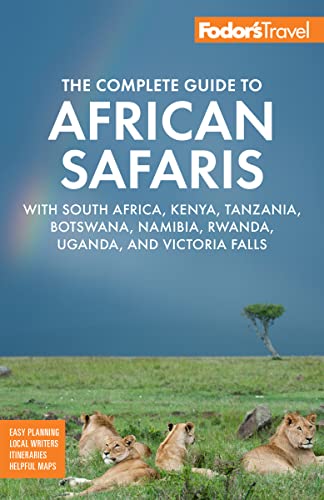This lovely unspoiled area—one of Namibia's best-kept secrets—lies in northeast Namibia (and is sometimes simply referred to as "northeast Namibia") at the confluence of the Zambezi and Chobe rivers, and serves as a gateway to Zimbabwe's Victoria Falls and Botswana's Chobe National Park. Because it's relatively unknown as a tourist area, you'll get the feeling here that you’re truly alone with nature.
Think of the Caprivi Strip as a long finger of land at the top of the country pointing eastward for 450 km (280 miles) toward Zimbabwe and Zambia; in many ways, because of its rivers, marshes, and forests, the area is much more like those countries than the rest of Namibia. This part of Namibia is the closest thing to Botswana's Okavango Delta, and it shelters much of the same game: elephants, the aquatic lechwe and the rare sitatunga antelope, the uncommon roan and sable antelope, and, hardly ever seen in Namibia, big buffalo herds. However, you're unlikely to see predators.
This corridor of land became strategically important when Germany annexed South West Africa (now Namibia) in 1884. The British, concerned about further German colonial expansion up into Africa, struck a deal with Khama, a local Bechuana king, and formed the British Protectorate of Bechuanaland (now Botswana). The Caprivi Strip was part of the deal. It was then shuttled back and forth between Britain and Germany until it finally passed into the hands of South Africa at the end of World War II. However, its troubles were far from over, and during the Namibian struggle for independence, the area became the scene of bitter fighting between Sam Nujoma's freedom fighters (Sam Nujoma became the first president of Namibia in 1990) and the South African Defence Force (SADF). Today, the game that was scared away is back, the area is once again peaceful, and it's a relatively little-known and little-visited destination by overseas tourists. If you've seen your Big Five, had your classic desert experience, and are looking for somewhere offbeat, then this is a great destination.
You've got to be fairly determined to get here because the journey can be circuitous, to say the least. You can fly in to Katima Mulilo, the vibey little main town (which is closer to Gaborone, Botswana, or Lusaka, Zambia, than it is to Windhoek), pick up a vehicle, and drive. Visit the Caprivi Art Centre near the African market, where you'll find beautifully crafted baskets, carvings, and handmade pottery. There's a main road across the strip, the B8, but it's relatively busy with commercial traffic to and from Zambia and Botswana. Or you can fly into Livingstone in Zambia, cross the Sesheke border (over the Zambezi River), and continue by road and river to your chosen lodge. (To give you some idea: to get to Susuwe Island Lodge, you fly from Johannesburg into Livingstone, then take a small plane to the Namibian immigration post at Katimo Mulilo, then fly to the Immelman airstrip nearby, the once infamous Doppies SADF forward base, and travel by road and river to the lodge.) However you get here, the destination is well worth every last mile for a remote, water-wilderness experience. Your best bet is to choose a lodge and then let it make all your travel arrangements for you.
Neither the Caprivi Strip's Mudumu National Park or Mahango National Park is easily accessible—particularly in the wet season—but if you're a do-it-yourself adventure type, you might enjoy a visit to either park. You'll see plenty of game, including hippos, elephants, buffalo, roan and sable antelope, kudu, zebras, and maybe even wild dogs. Mahango is great for bird-watching, with more species than any other Namibian park.






